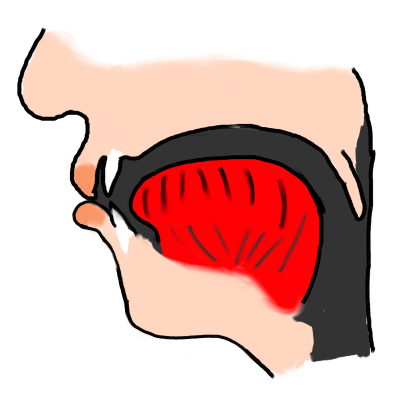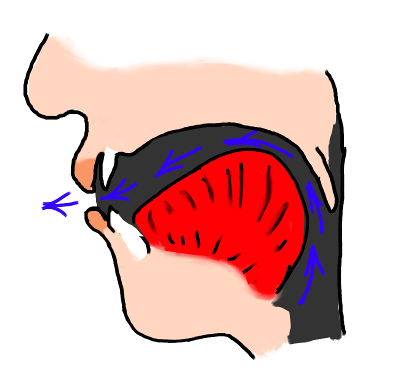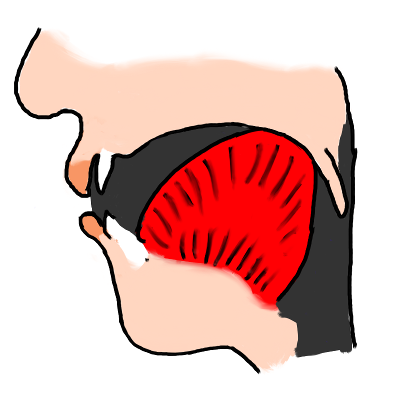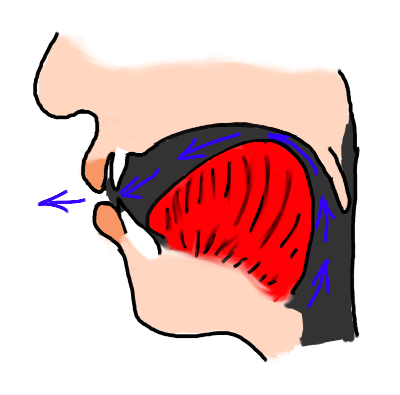How to pronounce beaucoup
Do you find the information below useful? If you do, you can get guides like it for 1,000+ French words by downloading this app for your iPhone or iPad.
| b |  | As with French 'd' and 'g', when you pronounce a French 'b', try to make your vocal cords vibrate all the time your lips are closed (but without the air escaping through your nose as in an 'm' sound). Try to "force some extra air" towards your closed mouth, but without it coming out through your nose. This can take some practice for English speakers! | |
| o |  | The French 'close o' vowel is pronounced with the tongue far back in the mouth and with the back of the tongue raised up towards the soft palate (towards the back of the roof of the mouth). Holds the lips in a rounded, bunched position as you pronounce the vowel and avoid pronouncing it as a "glide" or diphthong. | |
| k |  | A French 'k' sound (often written "qu" or, as in English, "c") is generally pronounced in a similar way to the English 'k' sound of "skin", "scan" etc. In other words, it is not usually followed by a "strong burst of air" (aspiration) as in the 'k' sound of English "kit", "can" etc. If you are a native English speaker, repeat the word "cool" then "school" while holding your hand in front of your mouth. In the word "cool", you'll feel a stronger burst of air than in "school". In French, you always pronounce the 'k' sound as in English "school", without the strong burst of air. | |
| u |  | The French 'ou' vowel is pronounced with the back of the tongue "pushed up towards" the back of the mouth and the lips rounded. The back of the tongue is not quite as close to the roof of the mouth as in the French 'close o' sound. |